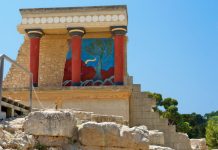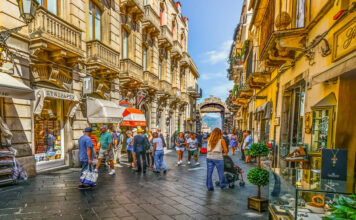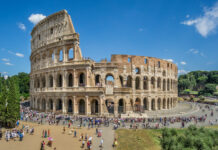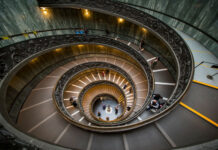The Roman Pantheon Oculus: A Cosmic Connection

The Pantheon, a masterpiece of Roman engineering, stands as a testament to the architectural prowess of ancient Rome. One of the most intriguing artifacts within this iconic structure is the Oculus, the massive circular opening in the center of the dome. Beyond its structural significance, the Oculus served a symbolic purpose, connecting the temple’s interior with the heavens. This architectural marvel not only allowed natural light to illuminate the Pantheon but also created a celestial connection, reflecting the Romans’ reverence for cosmic forces and their intricate blend of religion and engineering.
The Colosseum’s Hypogeum: The Subterranean Stage
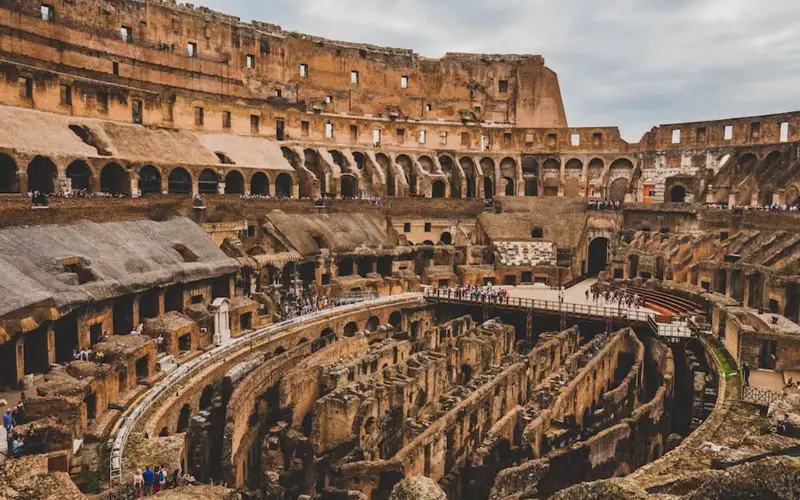
The Colosseum, an enduring symbol of Roman might and entertainment, conceals a fascinating artifact beneath its arena – the Hypogeum. This vast underground complex served as a backstage area for gladiators, exotic animals, and machinery used in the grand spectacles. The Hypogeum comprised a network of tunnels, chambers, and holding areas, providing a glimpse into the meticulous planning that went into staging the gladiatorial games. Today, exploring the subterranean depths of the Colosseum unveils the intricate engineering and organizational brilliance that defined ancient Roman entertainment.
The Capitoline Wolf: A Symbol of Motherhood and Power

The Capitoline Wolf, an iconic bronze sculpture, represents one of Rome’s most enduring and mystical legends. According to myth, the she-wolf suckled and nurtured the twin brothers, Romulus and Remus, who later founded Rome. While the origins of the sculpture are debated, its symbolism as a representation of maternal care and the city’s foundation has made it a powerful and enduring Roman artifact. The Capitoline Wolf is a poignant reminder of the mythical narratives that shaped the cultural identity of ancient Rome.
The Roman Forum’s Arch of Titus: Triumph and Commemoration

The Arch of Titus, situated in the Roman Forum, commemorates the military victories of Emperor Titus, including the Siege of Jerusalem in 70 AD. The relief panels on the arch depict the spoils of war, including the Menorah, which symbolized the plunder taken from the Jewish Temple. This artifact not only celebrates military triumph but also serves as a visual narrative of conquest and power. The Arch of Titus stands as a poignant reminder of Rome’s imperialistic ambitions and the symbolic importance of victory in shaping the city’s identity.
The Roman Mosaic of Fishermen: A Glimpse into Daily Life

Among the more intimate artifacts from ancient Rome is the intricate Roman mosaic of fishermen, discovered in the ruins of Pompeii. This beautifully preserved artwork provides a vivid snapshot of daily life in the ancient city, capturing the scenes of fishermen at work. The mosaic, with its vibrant colors and meticulous detailing, offers insights into the craftsmanship and artistic sensibilities of Roman artisans. It also serves as a historical document, depicting the importance of fishing in Pompeii’s economy and the cultural significance of this trade in Roman society.
The Roman Bathhouse Frescoes: Luxurious Indulgence
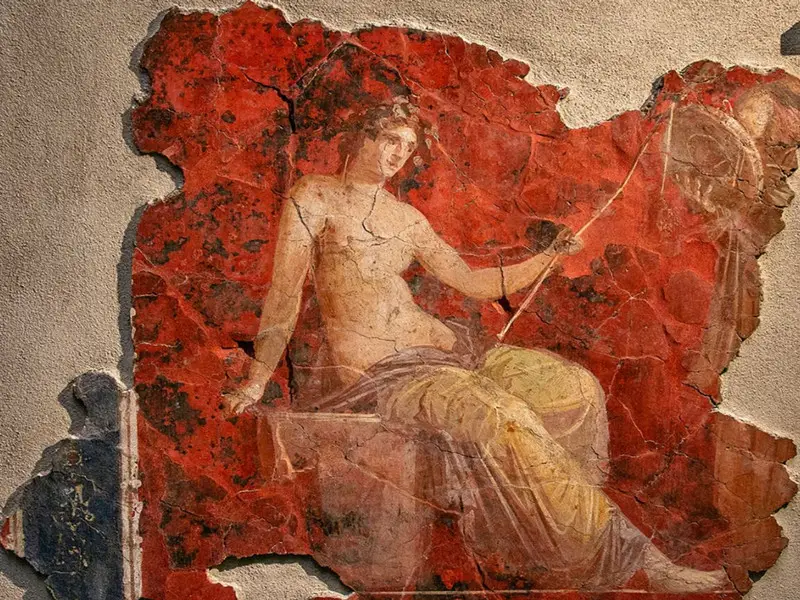
Roman bathhouses were not only places of hygiene but also social hubs where citizens indulged in leisure and relaxation. The frescoes adorning the walls of these bathhouses are fascinating artifacts that showcase the opulence and decadence of Roman life. These intricate paintings depict scenes of athletic competitions, mythical stories, and landscapes, transforming the bathhouses into immersive environments of art and culture. The frescoes not only provided aesthetic pleasure but also reflected the Romans’ appreciation for beauty, leisure, and the integration of art into daily life.






